Damien Gagnier flew across the pond to present talk at the Athena++ workshop at the Center for Computational Astrophysics in New York.
Author: opejcha
Jakub Cehula at Ohio State University
PhD student Jakub Cehula is spending 2 months at the Ohio State University to work with Prof. Todd Thompson on simulations of magnetar flares.


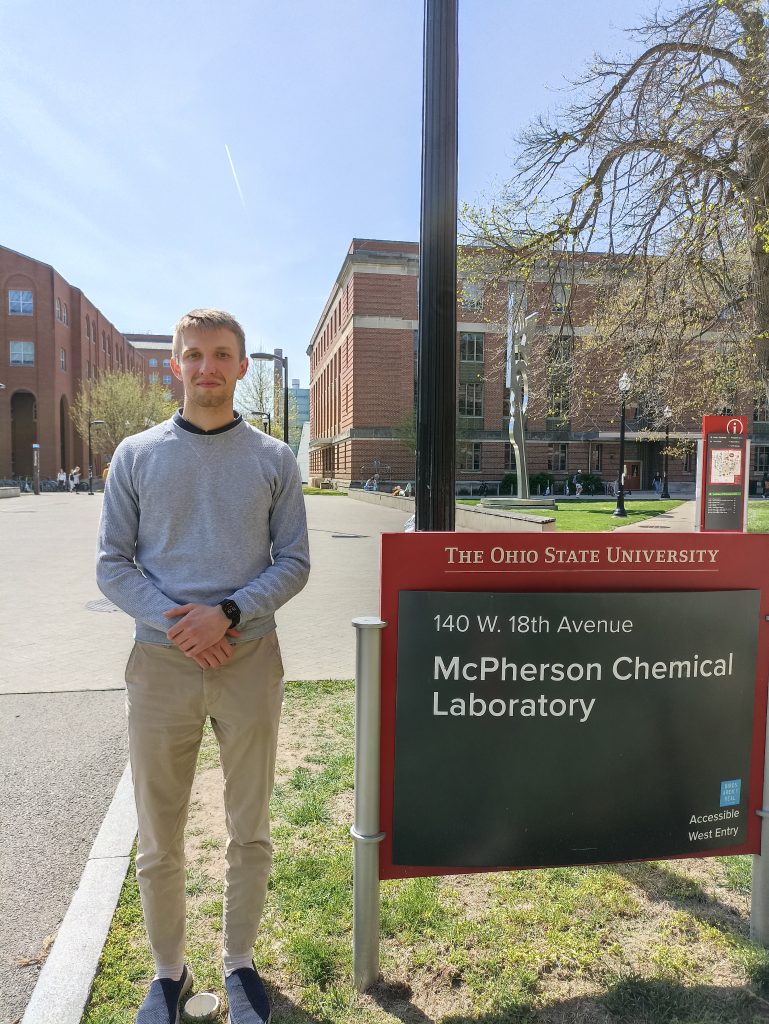
Seminar tour in the US
In late March, I toured couple institutions in the MidWest and East Coast USA. I started for a couple days at the Ohio State University, where Jakub Cehula is temporarily working on a side project. Then, I gave a seminar at Purdue, colloquium at Penn State, and presentation at Center for Computational Astrophysics. I finished the trip with a TDE workshop at Columbia.
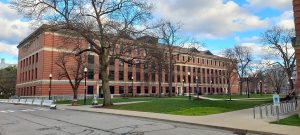


A theory of mass transfer in binary stars
In his first astronomy paper, PhD student Jakub Cehula looks at how is mass transfer in binary stars calculated in 1D stellar evolution codes. These codes work and produce binary evolutionary tracks so why look at this?
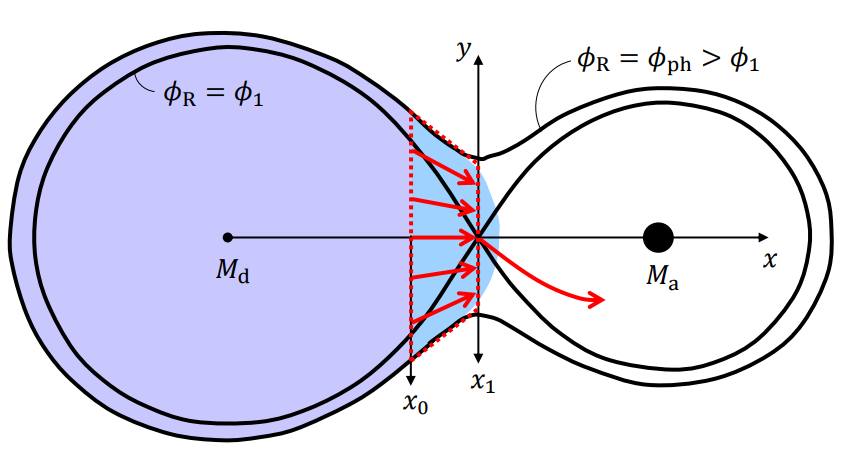
Master thesis defended
Congratulations to David Vokrouhlický who defended his Master thesis on Structure and evolution of stars deformed by a nearby companion with flying colors.
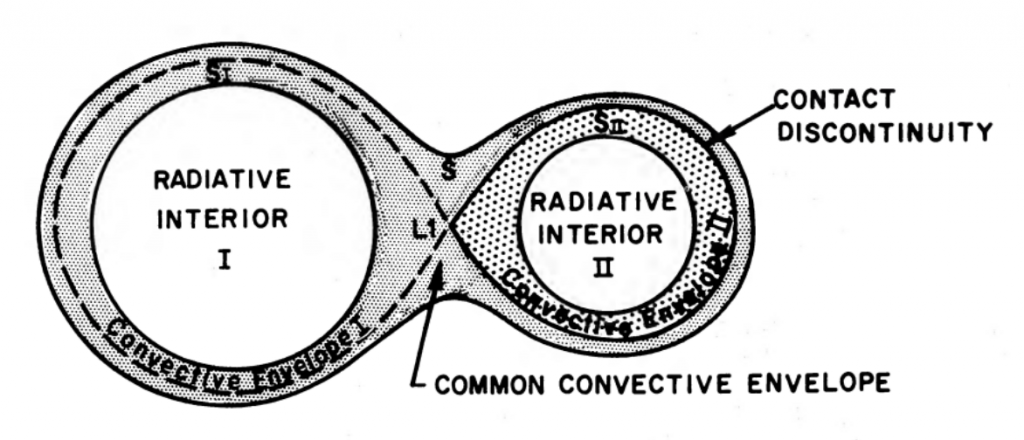
Departing postdoc
Diego Calderón is leaving us after a bit more than 3 years in Prague. Diego is moving to start his second postdoc in Hamburg in the group of Prof. Rosswog. We are sad to see him go, but wish him good luck!
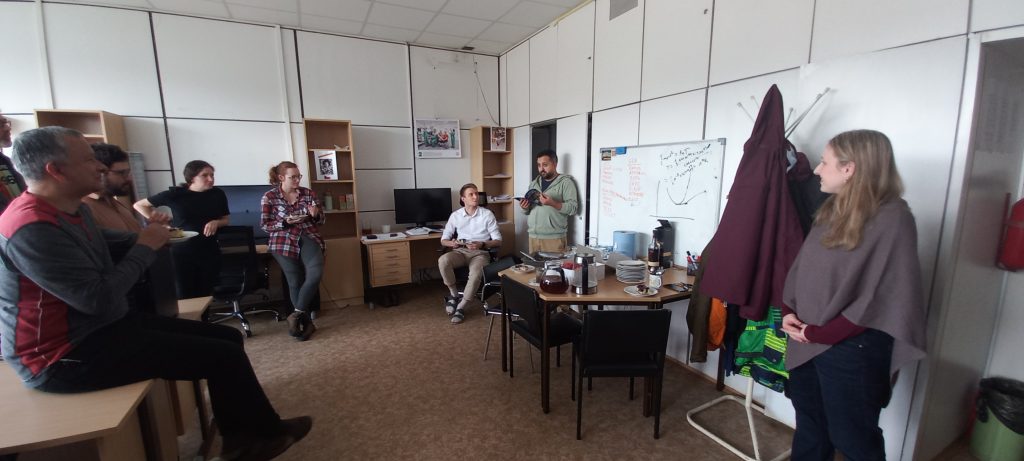
Visit at University of Surrey
On Feb 16-17 I visited University of Surrey, where I gave a talk, had nice discussions with students and postdocs, and learned bunch of new things.
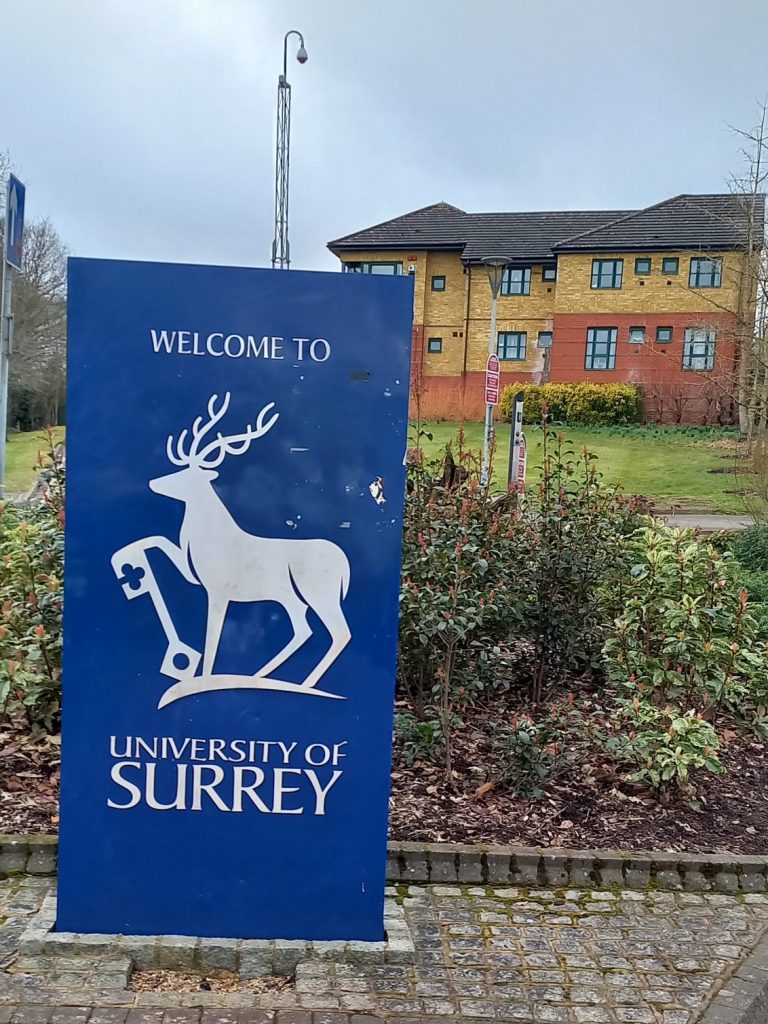
Post-dynamical inspiral phase of common envelope evolution: binary orbit evolution and angular momentum transport
In a new paper, Damien Gagnier looks at what happens during late stages of common envelope after the companion plunges in and the two cores orbit in a shared envelope. In the simulations, we mimick the plunge-in by depositing angular momentum in the envelope in a controlled way and study transport of angular momentum by advection, turbulence, gravitational torques, and viscosity. We find that the binary orbit decays on a timescale of 10^3 to 10^5 orbits of the central binary suggesting that the orbit will continue shrinking for a long time. This might help resolving the discrepancy between simulations and observed final binary separations. Although too slow to directly study with multi-d hydro, the evolution is often much faster than the envelope thermal timescale – perhaps there is no need for any thermal “self-regulation” of the late inspiral. This also lends support to the usual energy-conserving alpha formalism. Interestingly, much of the hydrodynamics is very similar to circumbinary disks. For example, the “lump” is also seen, but it is more of a 3D phenomenon rather than a well-localized object. 3D simulations were done with Athena++ in spherical coordinates with AMR. By excising a sphere around the binary, the simulations can be run for 100s of orbits of the central binary. The cost was ~4.6 million CPU hours at IT4Innovations. The paper is at https://arxiv.org/abs/2302.00691
Computing time at IT4I
Our postdocs were again successful in obtaining supercomputer time on the Czech supercomputer infrastructure IT4Innovations. Diego Calderón won 2.2 million CPU hours to perform radiation hydrodynamics simulations of transients. Damien Gagnier won 12.3 million CPU hours on the brand new Karolina cluster to perform 3D hydrodynamic simulations of common envelope.


Mass-ratio distribution of contact binary stars
First paper by PhD student Milan Pešta developing a method to estimate mass-ratio distribution of contact binaries simply from the distribution of their light curve amplitudes. This was originally proposed by Rucinski (2001), but in this paper we reach sufficient sensitivity to determine the minimum mass ratio, when contact binaries merge due to the Darwin instability. This is possible thanks to a new Bayesian method to filter contaminants and Kepler data. The method can be easily extended to much bigger samples from TESS or Gaia. The paper is submitted to A&A and the preprint can be accessed at https://arxiv.org/abs/2212.02553.


